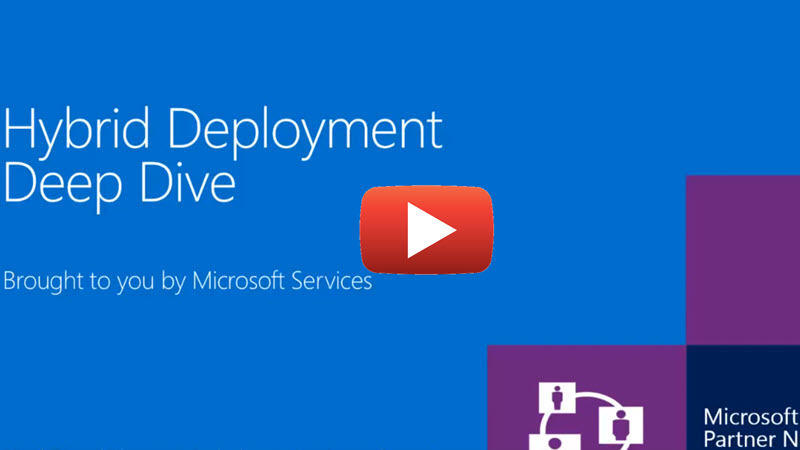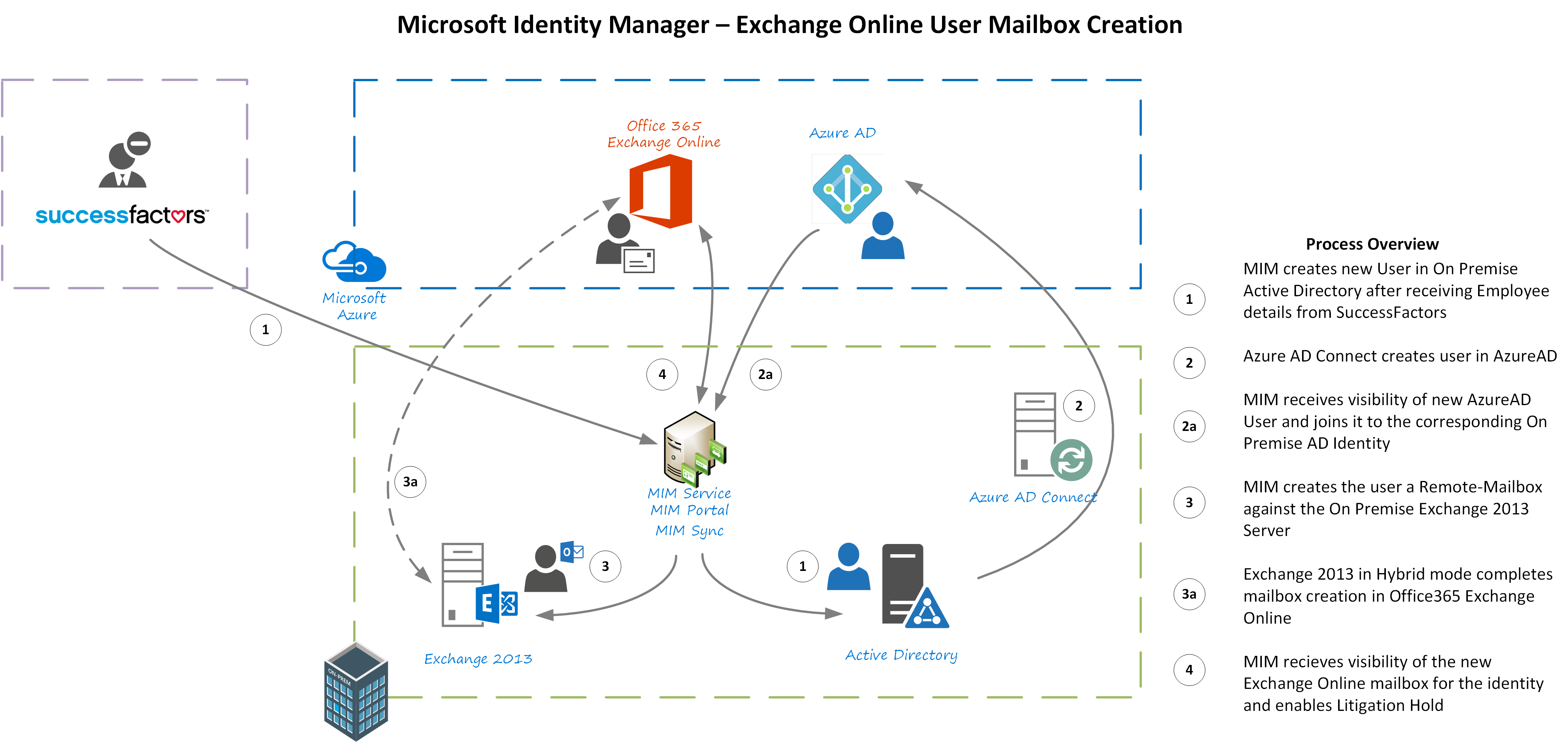

Note that you must create a mail contact or a mail user to represent the external sender in your organization. Add the sender to the group's allowed senders list.Remove the sender restriction: Change your group settings to unblock the sender in one of the following ways: If a message sender received this NDR when they attempted to send a message to your group, and you want them to successfully send messages to your group, try one of the following steps: How can I fix this issue? section later in this topic. If none of the previous steps apply or solve your issue, contact the recipient's email administrator, and refer them to the I'm an email admin. What can I do? section later in this topic. Refer them to the I'm the owner of a restricted group. To resolve the issue, join the group, or ask the group's owner or moderator to approve your message. For more information about large messages, see Distribution group limits. However, senders of large messages will receive a different NDR. Large messages can't be sent to the group.Messages sent to the group require approval by a moderator.If you're sending to a large distribution group: Groups with more than 5,000 members have the following restrictions automatically applied to them: Outlook on the web: Select the NDR, choose the group name on the To line, and then choose Owner.Outlook: Select the NDR, double-click the group name on the To line, and then choose Contact.If you don't know the group's owner, you can find it in Outlook or Outlook on the web (formerly known as Outlook Web App) by doing the following steps: Ask the owner of the restricted group to grant you permission to send messages to the group. In this case, the NDR will include the names of the restricted groups that you don't have permission to send to. If the recipient is an internal group: You might not have permission to send to the group or to one of its subgroups. Their email admin might need to reconfigure the recipient's mailbox so it accepts email from you. If the recipient is external (outside of your organization): Contact the recipient (by phone, in person, etc.) and ask them to tell their email admin about your email delivery problem.

However, here are some steps that you can try: You'll need the recipient or the recipient's email admin to fix the configuration on their end. Typically, you can't fix the problem yourself. Your message was routed to the wrong email server.You don't have permission to send email through an email server that's between you and the recipient.The recipient is a group, and you don't have permission to send to the group or one of its subgroups.You don't have permission to send to the recipient.Typically, this error indicates a security setting in your organization or the recipient's organization is preventing your message from reaching the recipient.
#Exchange online code
There can be several causes for dsn error code 5.7.1, for which solutions are provided later in this topic. This information also applies to error codes 5.7.0 through 5.7.999 in Exchange Online and Microsoft 365 or Office 365. This information also applies to error codes 5.7.0 through 5.7.999. This topic describes what you can do if you see error code 5.7.1 in a non-delivery report (also known as an NDR, bounce message, delivery status notification, or DSN). It's frustrating when you get an error after sending an email message. Mail flow rules are now available in the new Exchange admin center.


 0 kommentar(er)
0 kommentar(er)
